Norse mythology is a tapestry of gods, giants, and cosmic battles, but its most captivating elements are the beasts of Norse mythos. These creatures—ranging from monstrous wolves to dragons gnawing at the roots of the world tree—embody chaos, destruction, and the fragile balance of the Nine Realms. In this guide, we delve into their origins, roles, and enduring legacy in Viking culture.
1. Fenrir: The Monstrous Wolf of Ragnarok
Fenrir, the giant wolf born to Loki and the giantess Angrboða, is one of Norse mythology’s most feared beings. Prophesied to devour Odin during Ragnarok (the apocalypse), Fenrir symbolizes uncontrollable chaos. The gods initially raised him in Asgard but later bound him with a magical chain forged by dwarves.
- Symbolism: Represents primal forces and inevitable doom.
- Cultural Impact: Fenrir’s tale underscores the Vikings’ fatalistic worldview, where even gods face mortal threats.
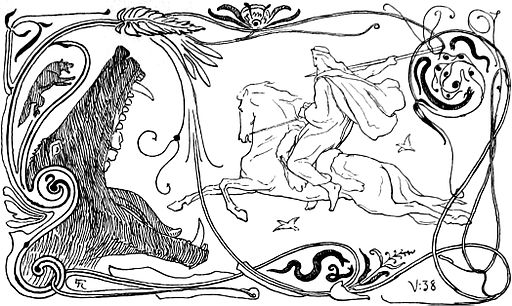
2. Jormungandr: The World Serpent
Jormungandr, another child of Loki, is a sea serpent so vast it encircles Midgard (Earth), biting its own tail. Its rivalry with Thor is legendary—the two clash repeatedly, culminating in their mutual demise at Ragnarok.
- Role in Mythology: Embodies the cyclical nature of destruction and rebirth.
- Connection to Yggdrasil: Some legends suggest Jormungandr’s coils protect (or threaten) the roots of the World Tree.
3. Nidhogg: The Dragon Beneath Yggdrasil
Nidhogg, a malevolent dragon, gnaws at the roots of Yggdrasil, the cosmic tree that binds the Nine Realms. It symbolizes decay and corruption, feeding on the corpses of oath-breakers in Niflheim, the realm of ice and mist.
- Mythological Function: Represents entropy and the inevitability of decay.
- Artistic Depictions: Often shown coiled around Yggdrasil’s roots, surrounded by serpents.
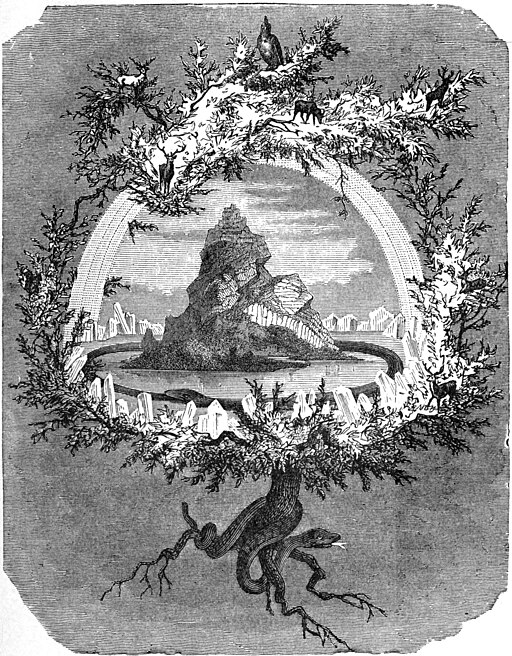
4. Sleipnir: Odin’s Eight-Legged Steed
Sleipnir, Loki’s shapeshifting offspring, is Odin’s loyal horse. With eight legs, he transcends earthly limits, galloping between realms and even into the underworld.
- Symbolism: Bridges life and death, order and chaos.
- Cultural Legacy: Sleipnir appears in Viking carvings as a symbol of divine mobility.
5. The Frost Giants (Hrimthursar)
The Hrimthursar, or Frost Giants, are primordial beings of ice and cold. Residing in Jotunheim, they plot against Asgard, embodying nature’s indifference to gods and mortals alike.
- Notable Giants: Ymir, the first Frost Giant, whose body formed the world.
- Role in Ragnarok: They lead the charge against Asgard during the apocalypse.
6. Valkyries and Their Supernatural Steeds
While Valkyries are divine maidens, their mounts—often winged horses or wolves—blur the line between beast and myth. These creatures ferry slain warriors to Valhalla, ensuring their readiness for Ragnarok.
- Hybrid Beasts: Some tales describe wolves with eagle-like wings, merging terrestrial and aerial symbolism.
7. Lesser-Known Creatures of the Nine Realms
- Ratatoskr: A mischievous squirrel relaying insults between Nidhogg and the eagle atop Yggdrasil.
- Huginn and Muninn: Odin’s ravens, representing thought and memory, who scout the realms daily.
- Dwarves and Elves: Though not “beasts,” their craftsmanship (e.g., Mjolnir) shapes the fate of gods and monsters.
The Legacy of Norse Beasts in Modern Culture
From Marvel’s Thor to video games like God of War, Norse beasts remain iconic. Their symbolism—chaos, resilience, and cosmic balance—resonates in fantasy literature and art.
The beasts of Norse mythos are more than monsters; they are metaphors for humanity’s struggle against chaos and the unknown. By understanding their stories, we glimpse the Viking psyche—a blend of awe, fear, and reverence for the natural world.
Alicia
Alicia is a passionate writer with degrees in English and American Literature. Her journey through the worlds of fashion, culture and design is as fascinating as her literary pursuits. Beyond literature, Alicia is equally an optimist who loves life. Whether it's photography, knitting, pottery, or yoga, she's willing to try it all. Beyond trends and labels, she advocate for sustainability and ethical fashion practices. She believe in the power of conscious consumerism, and she strives to highlight brands that prioritize environmental responsibility and social impact.
Recent Posts
Your Goth Christmas Style Guide
11/25/2025Cybergoth Aesthetic
11/11/2025How to Prepare for Halloween Night
10/28/2025Categories
Related Articles
A Guide to How to Train Your Dragon Species
Welcome, fellow dragon enthusiasts and aspiring Viking trainers! Have you ever wondered...
ByAlicia06/24/2025Grunge Aesthetic: A Style Revolution
The world of fashion is a cyclical beast, constantly re-inventing and re-interpreting...
ByAlicia06/03/2025What Is Health Goth
In 2024, “Health Goth” which is hot in 2010s gets back from...
ByAlicia05/27/2025Dragon Rings: From Mythology to Modern Symbolism
The dragon, a mythical creature revered across cultures, has long been a...
ByAlicia03/18/2025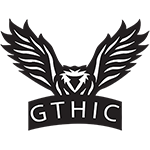

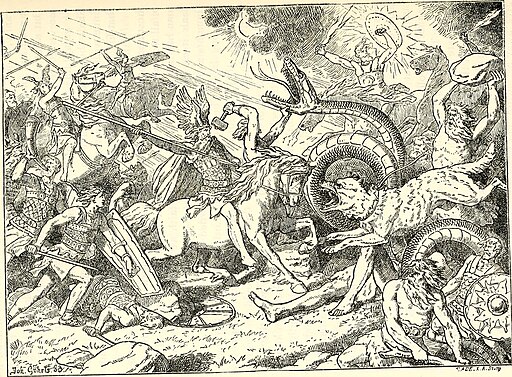
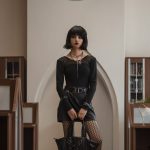
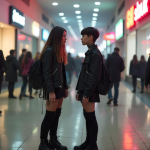
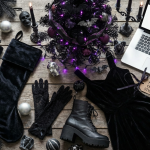
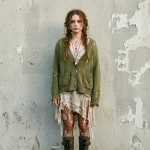
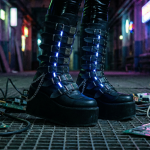

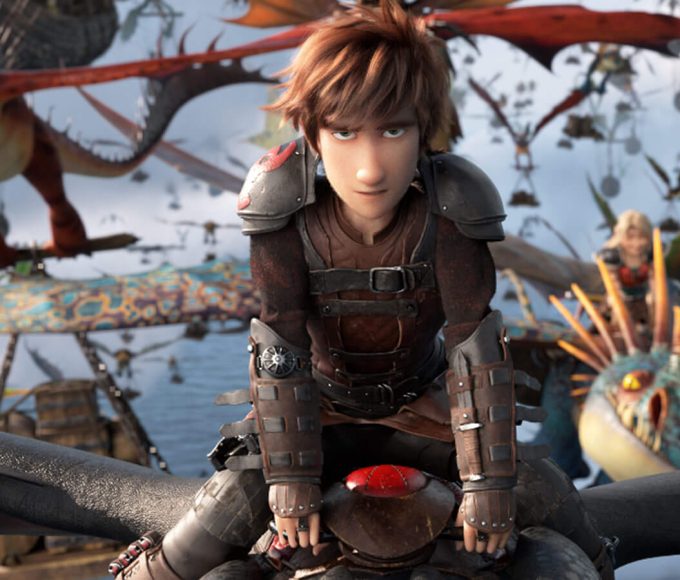
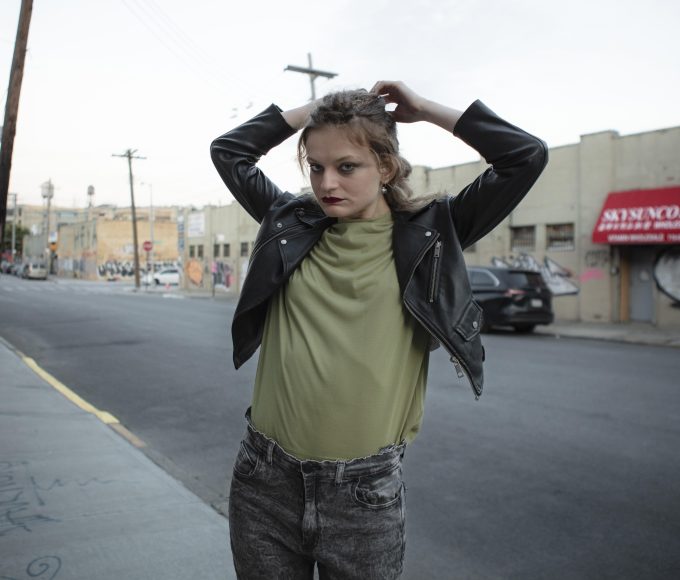
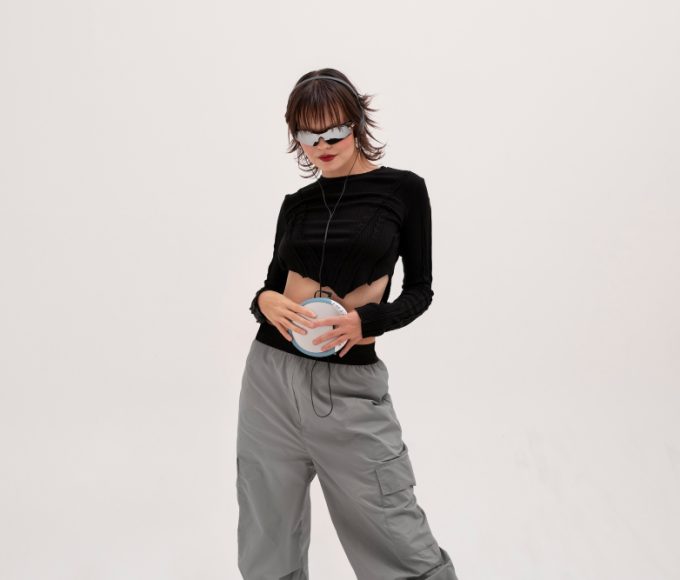
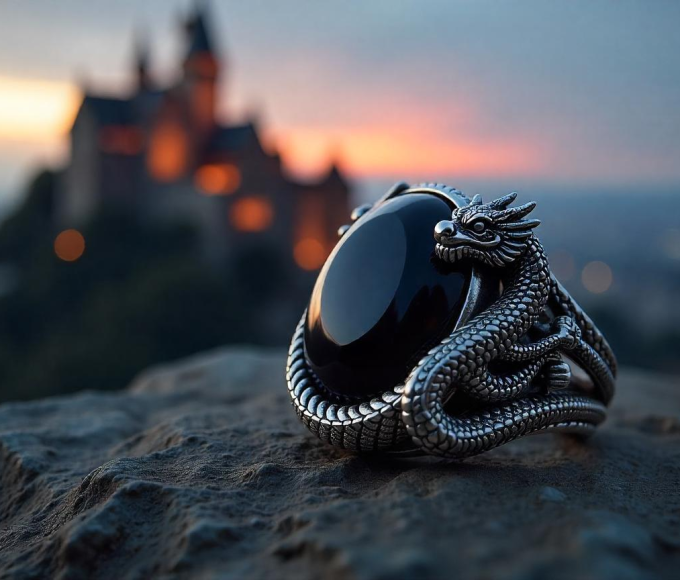
Leave a comment